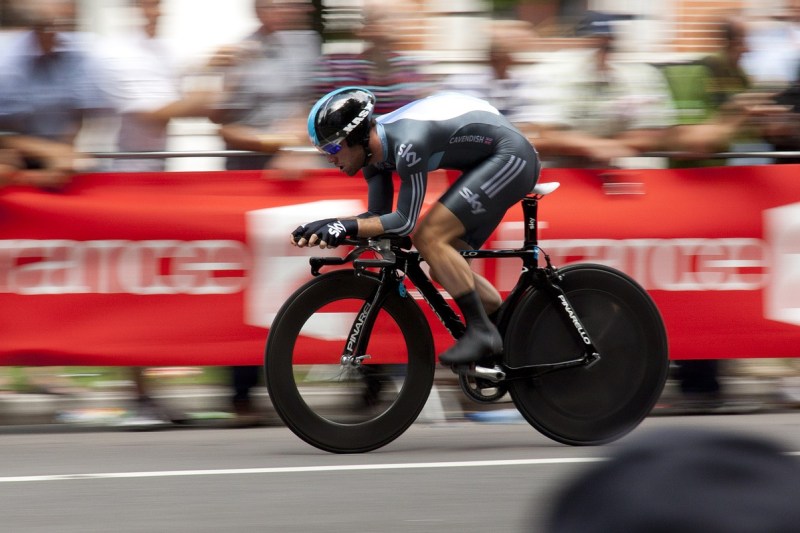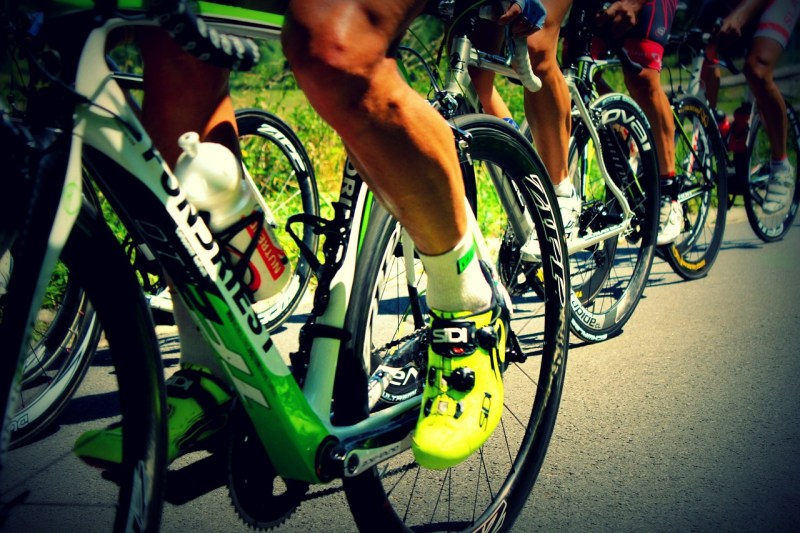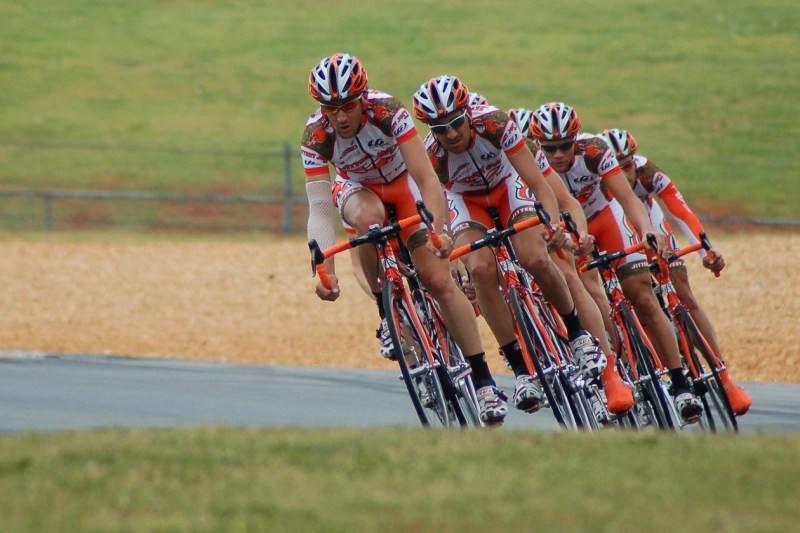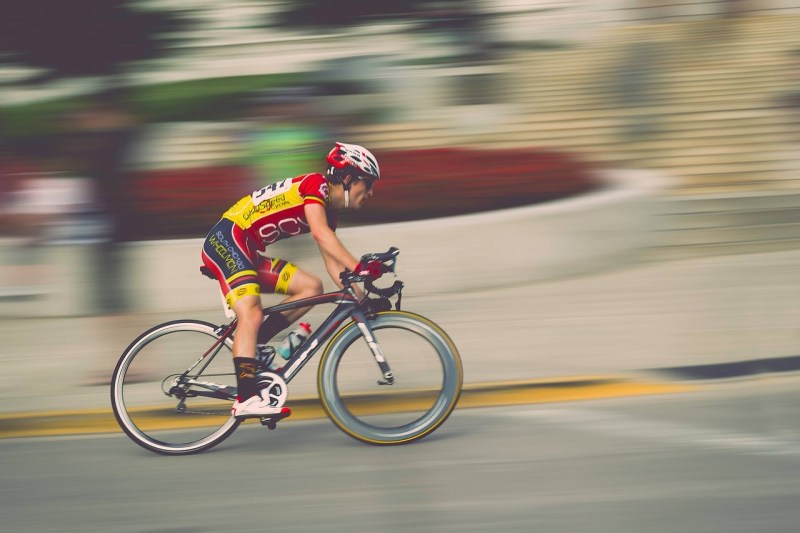If there’s one thing that cyclists of all levels want to improve upon, it’s speed. Whether you want to keep up with a faster group ride, be able to pack more miles into the day, or simply want to cover more ground every time you go out, then it’s time to consider how to improve cycling speed. With a few adjustments to your riding style and stance, as well as by adding in some training sessions from time to time, you can pedal faster in no time.
Ride aerodynamically

One of the easiest — and most immediate — ways to improve your cycling speed is to ride aerodynamically. To do this, you can start by pulling your arms in closer to your body. Make sure they are not fully extended and that your elbows are not poking out. So, bend your arms and pull the elbows in toward your sides. This will cut down on the amount of wind resistance you are fighting against.
To really become more aerodynamic while riding, you should use the drop bars if your bike has drop handlebars. By using the drop bars, your body will be forced to bend over and farther down, making your upper body smaller in addition to closing your limbs in. This will minimize wind resistance even more so you can move more quickly down the road.
Use interval training

The best thing any cyclist can do to improve their speed is to incorporate quality training time. That certainly includes interval training. To get faster, try adding two to three interval training rides into your week. These training sessions should be sprint blocks that gradually add on time. Spend 5 minutes sprinting for 30 seconds, followed by 15 seconds of rest. Once that block is over, ride at a steady, easy pace to recover for 3 minutes. Continue building up by 15-second intervals until you are sprinting for up to 2 to 5 minutes at a time with half the amount of time to recover.
When you are not interval training, pay attention to your cadence on casual rides. Try to hold a slightly faster cadence, adding just five RPMs each time, for the whole ride until you can comfortably hold your desired pace. Besides intervals, this will help you build endurance so you can hold a higher speed for longer periods of time. Weight training is also helpful for building muscle so you can train better and ride harder.
Ride in a group

Riding in a group can also be very helpful for improving speed. When you join a group of people, they can encourage you to keep up and ride stronger for the duration of the ride just by being together. The jovial energy between cyclists enjoying the road can push everyone to pedal faster without anyone even noticing.
If you have access to cycling groups that are set based on speeds, then you might want to start riding with the next fastest group up. By joining a group that rides slightly faster, it can push you to ride faster to keep up. Be sure to check if the group is on a no-drop ride, though. Otherwise, you might end up riding alone. If it is a drop ride, that can be helpful, too. You can ride with the group to the best of your ability and if you are dropped, then you can always recover and ride alone. There’s always another ride that will allow you to try again and push harder.
More tips
The main tips are above, but here are several more things you do to improve your time.
- Increase your mileage: Gradually extend the distance of your rides to improve overall cardiovascular health and stamina.
- Reduce rolling resistance: Ensure your tires are properly inflated and in good condition. If you’re looking for serious speed gains, consider lightweight components for your bike.
- Pace yourself: Learn to pace your effort effectively to avoid burning out early in your ride. There are various pacing strategies you can explore.
- Proper nutrition: Fuel your rides with carbohydrates and electrolytes to maintain energy levels, especially on longer distances.
- Hydration: Stay hydrated throughout your ride to avoid performance dips.
- Bike maintenance: Regularly maintain your bike to ensure smooth operation and minimize energy loss due to friction.
Incorporating a couple — or even several — of these tips will ensure that you are on the way to becoming a faster cyclist.



